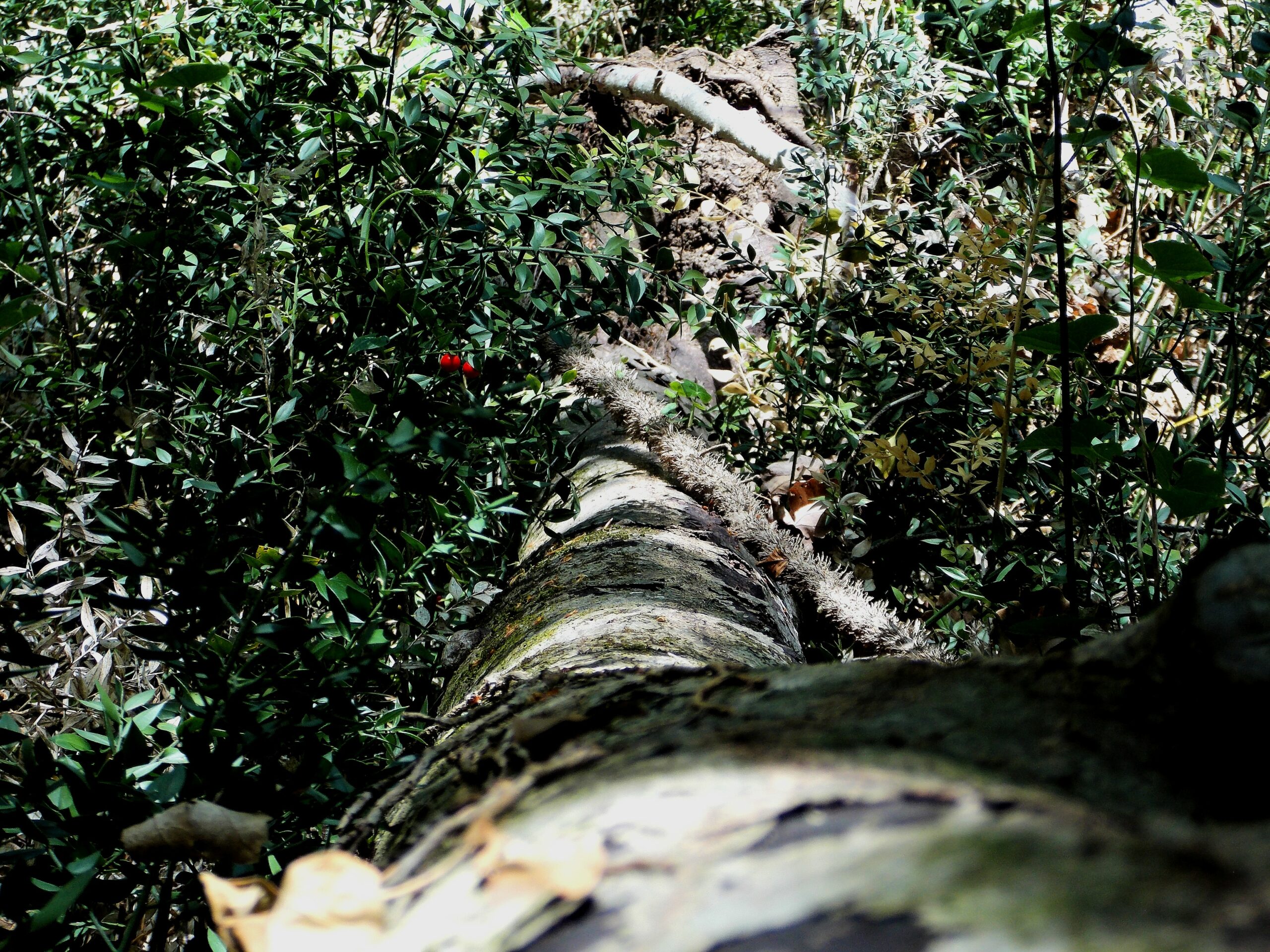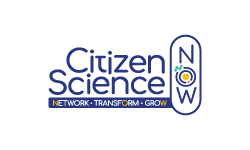Social Media in Citizen Science: Learn, Engage, and Many More
February 2023
 Social media has without a doubt become a big part of our lives in this day and age. Social Media is no longer used merely as a medium of communication to stay in touch with family, friends and relatives. Nowadays, social media platforms have also been used as effective media to network, find career opportunities, and develop and promote business. Moreover, when used intelligently, social media can even be used as an instrument to bring a great positive impact on society. One example is to advance the development of science.
Social media has without a doubt become a big part of our lives in this day and age. Social Media is no longer used merely as a medium of communication to stay in touch with family, friends and relatives. Nowadays, social media platforms have also been used as effective media to network, find career opportunities, and develop and promote business. Moreover, when used intelligently, social media can even be used as an instrument to bring a great positive impact on society. One example is to advance the development of science.
According to an article published in January 2023 by Curtin University in Australia, Social Media has taken a significant role in the further development of citizen science. Thanks to the prominence of social media channels such as Instagram, Facebook, Snapchat and TikTok, scientists could identify new Western Australian plant species through the photos taken and uploaded online by the public.
Quoting Thilo Krueger, a PhD student from Curtin’s School of Molecular and Life Sciences in the article published in Phys.org, he said “Increasingly, scientists are discovering new species through online data, usually in the form of photos, shared by naturalists, hikers, campers and photographers, who may be experts, amateurs or simply casual observers. This citizen science their findings online and thereby act as the eyes and ears of professional scientists in the field.”
Besides being used as a supporting tool to collect data for analysis, in citizen science, social media can also be used as a learning platform for citizens. One example is how social media is being used in a project being developed at St. Louis University in the USA. Mosquito Alert STL, an app-based citizen science campaign, has been created to help St. Louisans keep track of mosquito hotbeds and to help determine if any of these mosquitos have the potential to carry diseases. This innovative app is not only used to inform and educate citizens on how to better protect themselves from these pests but also as an instrument to connect, engage and make an impact on their local communities.
Photo credit: Photo by Kevin PETIT on Unsplash

